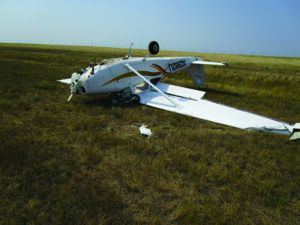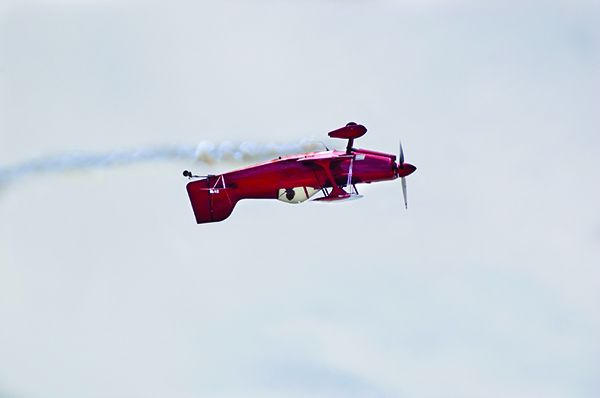I don’t recall all the reasons that initially attracted me to aviation, but one of the things that’s kept me interested and active over the years is its dynamic nature. Not only are you moving through the air at some worthwhile speed, looking down on the world, but what you do next and where you end up can be totally at your whim. Flying can be the ultimate in flexibility.
And flexibility certainly is part of the dynamism I associate with flying. But that kind of thinking really only applies on a good-weather day with full tanks. Aviation’s dynamic nature extends to and is influenced by its environment, just like most other things I suppose. Conditions change, sometimes for the better, sometimes for the worse. And the changing conditions we contend with—weather, fuel, mechanical mischief, traffic and fatigue, to name a few—can combine to present a completely new situation even to pilots with thousands of hours’ experience. If all that sounds challenging, it is, which by itself is yet another attraction to flying, at least for me.
It should be unsurprising that with a dynamic, ever-changing, challenging environment comes risk. Of course, everything we do carries risk, from crossing the street, to sitting in front of a television, to driving fast and to performing aerobatics. The amount and type of risk I’m comfortable accepting probably isn’t the same as yours, and that’s fine. It’s also fine if that amount of risk varies from time to time and flight to flight. Risk can equal reward, and is what you receive in exchange.
But we shouldn’t simply accept risk and do nothing about it; we have to identify the risk and understand its implications and the consequences if it comes to pass. Along the way, we consider mitigating it, which often is a balancing act against which we measure different steps and their impact, which may increase other risks. It can be a difficult concept for many pilots, who might simply go home and wait for a better day. Identifying, understanding and mitigating risk also is something completely ignored by others. You know who they are.
Analyzing risk often comes down to a question of what can happen, and when. There always are a range of options, especially when contemplating the dynamic—there’s that word again—environment in which we fly. The outcomes aren’t assured, and are influenced by factors often only peripherally in our control. In other words, the outcomes are dependent. Put succinctly, it depends.

When applied to personal aviation, those two words should be attributed to Robert “Old Bob” Siegfried, a retired airline pilot and one of the denizens of the old Beech List email listserv from back in the early days of the Internet. They encompass a wide range of outcomes but more importantly also tell us those outcomes are not written in stone. Instead, the outcomes are largely up to us to control. “Old Bob” often was adamant in pointing out that every decision we make—from the equipment we install to the route we take and to how we deal with weather, to pick just three—depended on other factors. When we change one of them, we likely set off a cascade of other changes, the ultimate impact of which we may not foresee.
Each month in these pages, we recount the different challenges confronting pilots from time to time, as well as the outcomes. That those challenges exist are, in part, why many of us, including me, chose to become pilots and pursue flying as either a vocation, avocation or both.
As something of a manifesto going beyond our tagline as the journal of risk management and accident prevention, how we respond to the challenges posed by such a dynamic activity as aviation determines the outcome. How we train, plan, decide, manage and conduct our flights determines their outcome. It all depends, and is a long-winded and probably unnecessary way to restate what this magazine is about.




